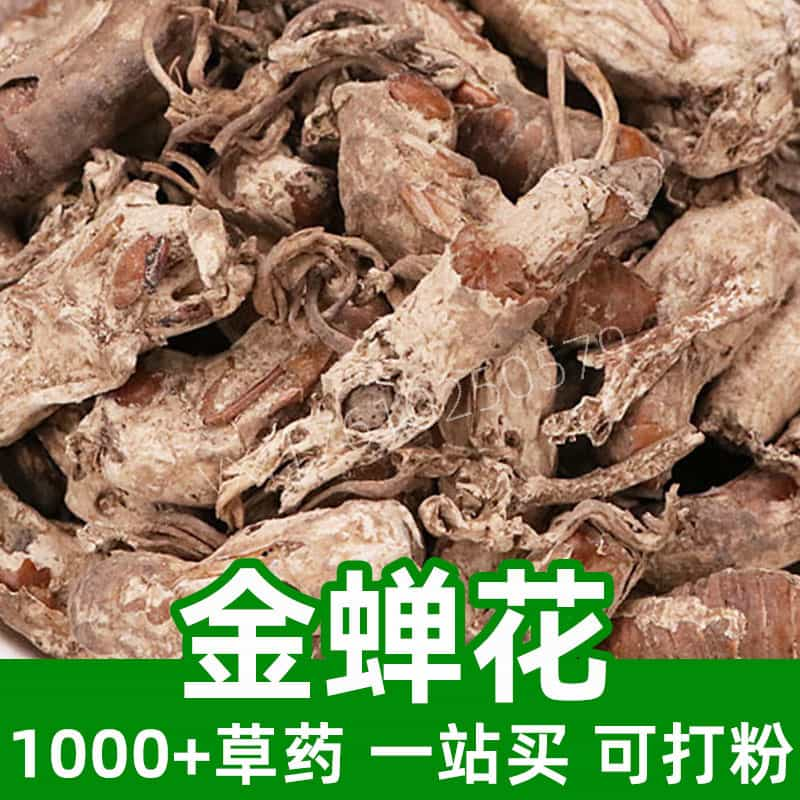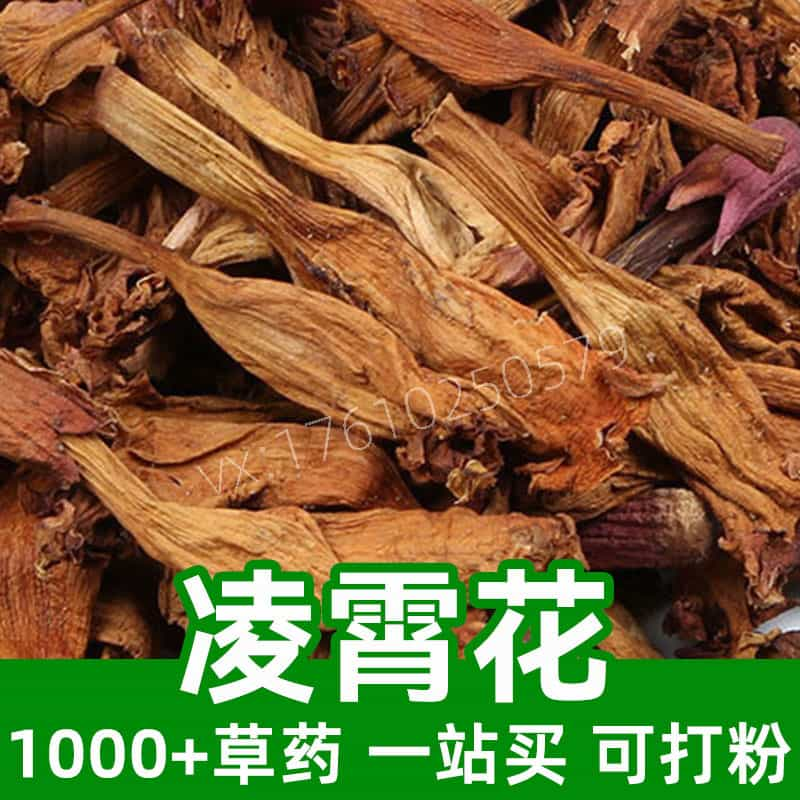Product Introduction
High Aconitum, recognized scientifically as Aconitum kusnezoffii, is a significant herb in the realm of Traditional Chinese Medicine. This herb is known for its historical applications in enhancing vitality, warming the body, and acting as a potent invigorator in various formulations. Typically found in the higher altitudes of the Chinese mountainous regions, High Aconitum features striking flowers and is cultivated primarily in Heilongjiang and Tibet.
The herb derives its medicinal properties primarily from its active alkaloids, such as aconitine, which contribute to its warming qualities. While particularly valued in traditional contexts, it is crucial to note that High Aconitum is also potent and requires careful handling and precise dosages. Despite its potential benefits, due to its toxic nature, it should only be employed under professional guidance. This herb finds its applications in various TCM formulations, often utilized in comprehensive treatments that focus on restoring balance and supporting the body's natural defenses against cold.
Main Active Ingredients
High Aconitum contains several notable active compounds, predominantly a group of alkaloids that give it both its potency and its complexity in usage. Aconitine is the most explored alkaloid, well-documented for its effects on the nervous system. It has a dual action: while it can have a stimulating effect on heart muscles, its toxic potency requires serious caution in its application.
Mesaconitine and hypaconitine, two other significant alkaloids found in High Aconitum, exhibit similar chemical structures and biologic activity but may have slightly differing effects. These compounds are known to interact with various ion channels and receptors in the nervous system, which influences cardiovascular and neurological functions.
Research continues to explore the safety profiles and therapeutic potential of these alkaloids, revealing potential applications within controlled settings in both TCM and modern herbal practices. However, their toxic nature necessitates strict regulations and guidelines for dosage and application. Due to the intricacies of dosage and the plant's toxic potential, it is essential for users to approach this herb with a well-informed perspective, ideally in concordance with a trained practitioner.
Product Application Scenarios, Usage, and Dosage
Within the realm of Traditional Chinese Medicine, High Aconitum is primarily employed for its warming properties and its ability to drive other herbs deeper into the body's systems. It is typically indicated in the context of cold-induced conditions, where it acts to restore the natural warmth of the body, particularly in cases of weakness influenced by external temperatures.
Common formulations may include High Aconitum combined with other herbs that complement its warming effects. Dosages must be approached with caution; typically, experts recommend a small amount ranging from 1-3 grams of processed herb in powdered or decoction form, with frequency adjusted according to the specific therapeutic needs and health conditions of the individual.
It's crucial to emphasize that high aconitum should never be consumed raw due to its toxic properties. Instead, it is usually processed through methods such as "decoction" or "dry-fried" to reduce its toxicity and enhance its medicinal qualities. Before using High Aconitum, consulting a knowledgeable practitioner for personalized dosage and usage is essential, as misuse can lead to adverse effects.
Introduction to the Source Plant, Distribution, and Growth Environment
The source of High Aconitum, Aconitum kusnezoffii, is a perennial plant that predominantly grows in high-altitude mountainous environments, primarily in areas of China like Heilongjiang and Tibet. The plant thrives in well-drained, humus-rich soils and often resides in subalpine or alpine meadows where the climate is cool and moist. This hardy plant has adapted to survive extreme weather conditions, showcasing its resilience.
Flowering typically occurs in mid to late summer, with its striking blue to purple flowers being an identifier for herbalists and botanists alike. The entire plant, including leaves and roots, contains alkaloids, but the roots have the highest concentration of these compounds, making them the part most sought after in herbal medicine.
Aconitum grows in clusters and can reach heights of 0.7 to 1.5 meters. The plant's morphology features palmate leaves divided into lobes, with flowers shaped like helmets, embodying its common name, "monkshood." This unique appearance, along with its ecological distribution in challenging terrains, contributes to its status as a significant herbal resource.
Harvesting, Processing, and Storage
The harvesting of High Aconitum is a meticulous process, typically taking place in late autumn when the alkaloid concentration in the roots peaks. Harvesters must exercise caution, as the entire plant is considered toxic. Skilled hands are necessary to safely extract the roots while minimizing damage to the plant and surrounding ecosystem.
Once harvested, the roots must undergo specific processing techniques to mitigate their natural toxicity. This includes drying and various cooking methods designed to neutralize harmful components while preserving beneficial qualities. Common practices involve boiling the roots, followed by grinding them into a powder or using them in decoctions.
For storage, it's crucial to keep processed High Aconitum in airtight containers, stored in a cool and dry environment shielded from direct sunlight. This promotes longevity and maintains the herb's potency. A careful practice of storage not only ensures the herb's effectiveness but also safety when used in traditional formulations.
Overall, the handling and application of High Aconitum require deep respect for this ancient herb, understanding its potential benefits, and recognizing the need for expert guidance in its use.
Monica Sun is a seasoned expert in the natural raw materials industry, with over a decade of experience specializing in traditional Chinese medicinal herbs, spices, and fungi. She is skilled in the sourcing, processing, and application of these materials, emphasizing sustainability and innovation. Monica Sun has contributed to the development of high-quality natural raw materials that serve as essential components in functional foods, pharmaceuticals, and cosmetics, delivering tailored solutions to meet diverse market needs.












